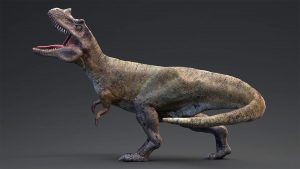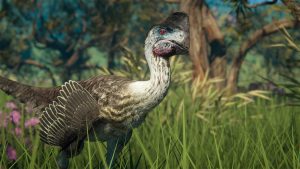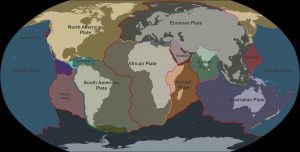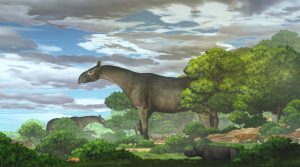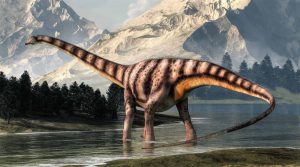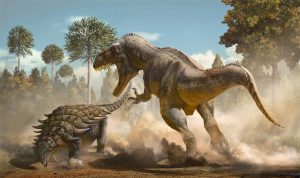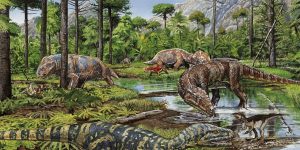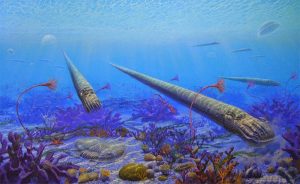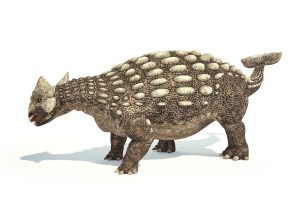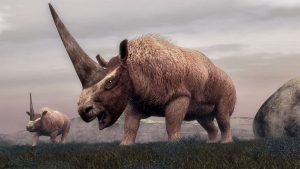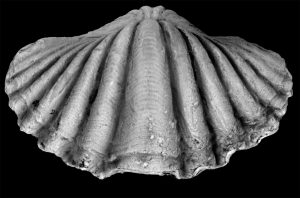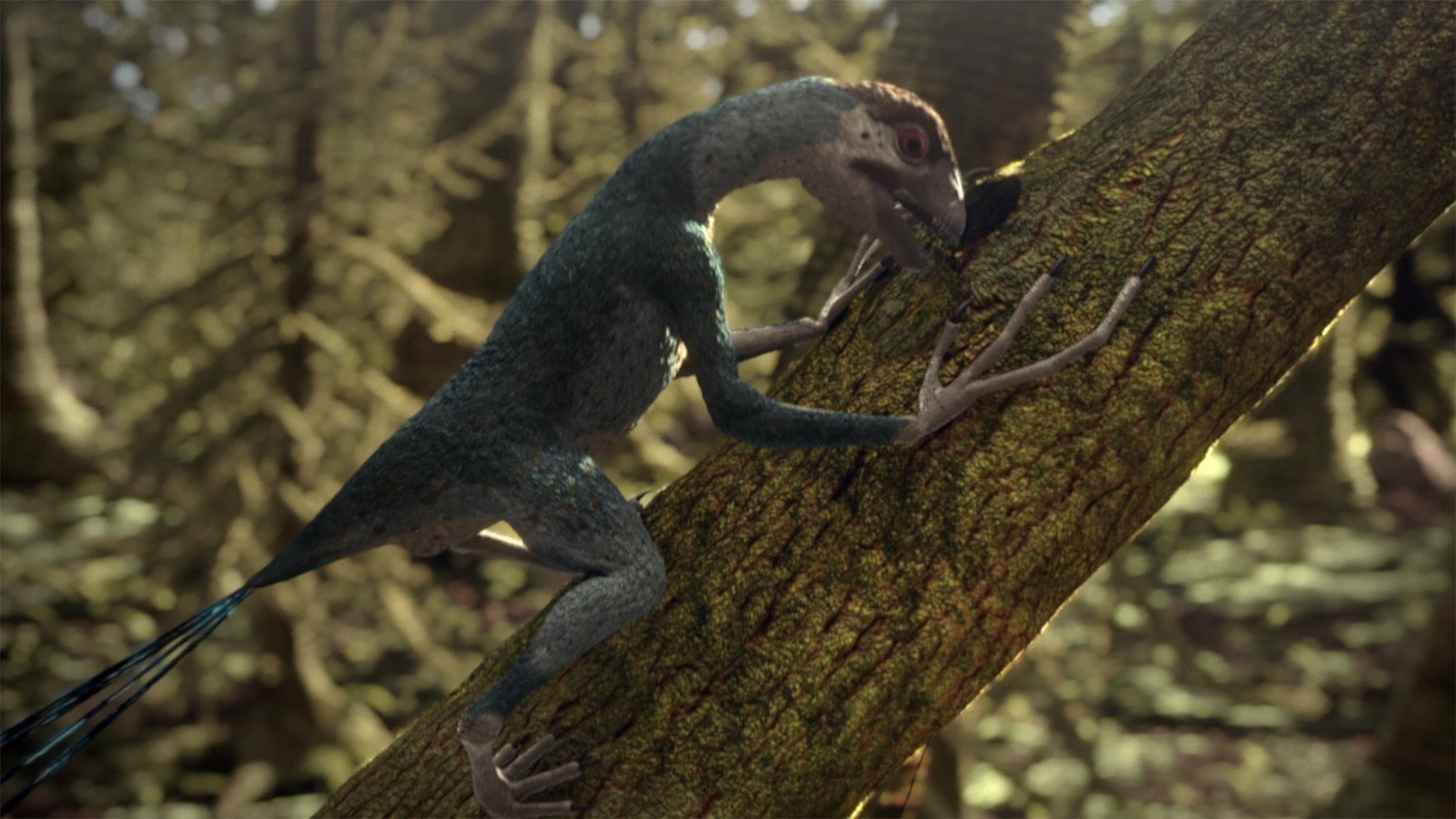
20 interesting facts about Epidexipteryx
- 👁️ 1072
Epidexipteryx, an intriguing genus of small, feathered dinosaurs that lived during the Middle to Late Jurassic Period, about 160 million years ago, continues to capture the fascination of paleontologists and the public alike. Discovered in the famous Daohugou Beds of Inner Mongolia, China, this peculiar creature provides valuable insights into the early evolution of feathers and the complex relationship between birds and non-avian dinosaurs. Despite its small size, Epidexipteryx boasts a unique set of features that distinguish it from other prehistoric animals, shedding light on the diversity of life forms that once roamed the Earth. Here are 20 interesting and informative facts about Epidexipteryx that highlight its importance in the study of dinosaur evolution and the origins of birds.
- The name Epidexipteryx means “display feather,” referring to the long, ribbon-like feathers on its tail.
- It is known from a single, almost complete fossil specimen, which provides a detailed view of its anatomy.
- Epidexipteryx was not a direct ancestor of modern birds but is considered a close relative of early avian species.
- It had a small body size, with an estimated length of about 25 centimeters (10 inches), making it one of the smallest dinosaurs known.
- Unlike many other feathered dinosaurs, Epidexipteryx did not have flight feathers on its arms, suggesting it was not capable of powered flight.
- The tail feathers of Epidexipteryx were likely used for display purposes, possibly for mating rituals or territorial displays.
- It had a distinctive set of teeth, with long, curved teeth at the front of the jaw and no teeth at the back.
- The diet of Epidexipteryx is thought to have consisted mainly of insects, based on its tooth structure and jaw mechanics.
- It had four long, ribbon-like tail feathers, which were unusually long compared to its body size.
- The fossil evidence suggests that Epidexipteryx had a covering of downy feathers over much of its body, similar to modern birds.
- Epidexipteryx lived in what is now the Inner Mongolia region of China, in an environment that was likely forested.
- The discovery of Epidexipteryx has contributed to the understanding of feather evolution, showing that feathers developed in a variety of forms and for purposes other than flight.
- It belonged to the clade Maniraptora, which includes both avian and non-avian dinosaurs closely related to birds.
- The structure of its limbs suggests that Epidexipteryx was an agile climber, capable of maneuvering through trees.
- The specific age of the Daohugou Beds, where Epidexipteryx was found, places it among the earliest known feathered dinosaurs.
- Its fossils were first described and named by scientists in 2008, marking a significant discovery in the field of paleontology.
- The preservation of the Epidexipteryx specimen includes details of its soft tissue, providing rare insights into the skin and feathers of dinosaurs.
- Studies of its skeletal structure indicate that Epidexipteryx had a relatively large brain for its size, which may have supported complex behaviors.
- Unlike some other feathered dinosaurs of its era, there is no evidence to suggest that Epidexipteryx lived in a social group; it may have been solitary.
- The unique combination of features in Epidexipteryx, including its display feathers and lack of flight capabilities, highlights the diverse evolutionary experiments among early feathered dinosaurs.
Epidexipteryx stands out as a remarkable example of the diversity and complexity of life in the Jurassic period. Its unique physical traits, particularly its elaborate tail feathers, provide critical clues to the early evolution of feathers and their uses beyond flight. The study of Epidexipteryx and other feathered dinosaurs continues to illuminate the intricate pathways that led to the rise of birds and the dynamic history of life on Earth. As research progresses, Epidexipteryx will undoubtedly remain a key figure in understanding the connection between the prehistoric past and the avian present.
